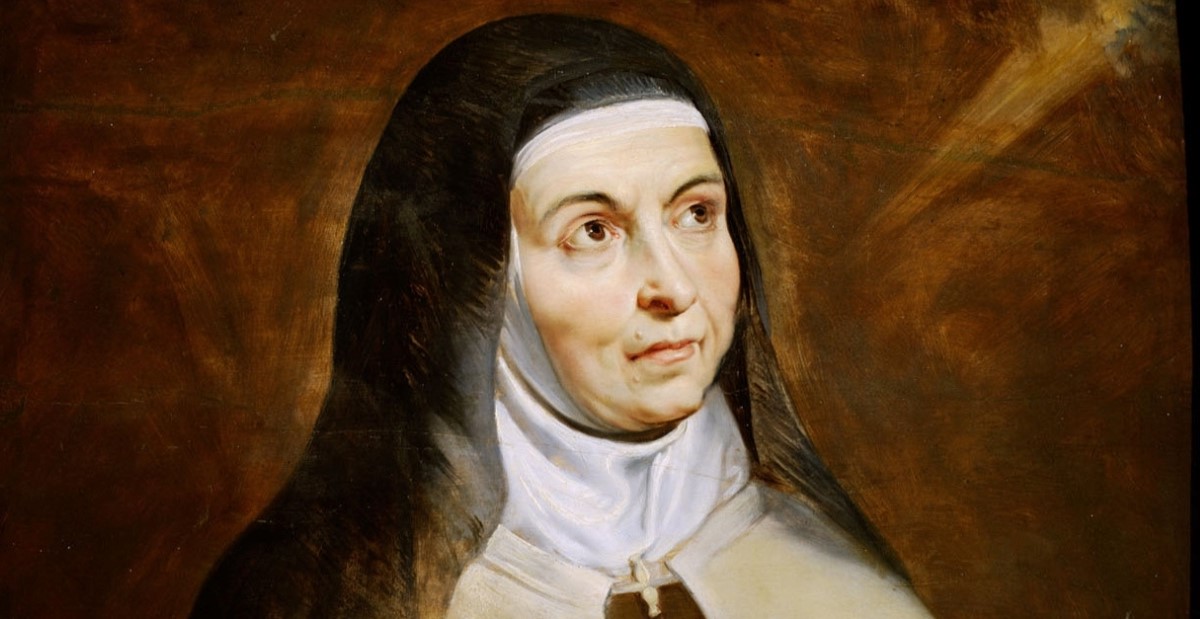
Who was Saint Teresa of Avila? Saint Teresa of Avila, also known as Teresa of Jesus, was a Spanish nun, mystic, and author who lived during the 16th century. Why is she important? She reformed the Carmelite Order and wrote influential spiritual texts like "The Interior Castle" and "The Way of Perfection." What makes her unique? Her deep spiritual experiences and visions set her apart, earning her the title of Doctor of the Church. Why should you care? Understanding her life offers insights into faith, perseverance, and the power of inner transformation. Ready to learn more? Let's dive into 30 fascinating facts about this remarkable woman.
Early Life and Background
Saint Teresa of Avila, a prominent figure in the Catholic Church, led an extraordinary life filled with spiritual experiences and significant contributions to religious thought.
- Born on March 28, 1515, in Gotarrendura, Spain, Teresa was the third of nine children.
- Her full name was Teresa Sánchez de Cepeda y Ahumada.
- Teresa's mother, Beatriz de Ahumada, died when Teresa was just 14 years old.
- At the age of 20, Teresa joined the Carmelite Convent of the Incarnation in Avila.
- Teresa suffered from severe illness early in her convent life, which led to a profound spiritual awakening.
Spiritual Experiences
Teresa's spiritual journey was marked by mystical experiences and deep religious insights.
- She experienced her first vision of Jesus Christ in 1554.
- Teresa claimed to have had numerous visions and mystical experiences throughout her life.
- One of her most famous visions involved an angel piercing her heart with a golden lance, symbolizing divine love.
- Teresa often described her mystical experiences in vivid detail in her writings.
- She believed these experiences were a gift from God, meant to deepen her faith and understanding.
Reformation of the Carmelite Order
Teresa played a crucial role in reforming the Carmelite Order, emphasizing a return to a more austere and contemplative lifestyle.
- In 1562, she founded the Convent of Saint Joseph in Avila, the first of many reformed Carmelite convents.
- Teresa's reforms focused on strict adherence to poverty, simplicity, and prayer.
- She faced significant opposition from within the Carmelite Order and the broader Church.
- Despite the challenges, Teresa founded 17 convents and monasteries during her lifetime.
- Her reforms eventually led to the establishment of the Discalced Carmelites, a branch of the Carmelite Order dedicated to her principles.
Writings and Teachings
Teresa's writings have had a lasting impact on Christian spirituality and mysticism.
- Her most famous work, "The Interior Castle," describes the soul's journey towards God through seven stages of spiritual growth.
- Teresa also wrote "The Way of Perfection," a guide for nuns on how to live a life of prayer and contemplation.
- Her autobiography, "The Life of Teresa of Jesus," provides a detailed account of her spiritual experiences and struggles.
- Teresa's writings emphasize the importance of mental prayer and meditation.
- She believed that true spiritual growth required a deep, personal relationship with God.
Canonization and Legacy
Teresa's contributions to the Church were recognized long after her death, and her legacy continues to inspire.
- Teresa died on October 4, 1582, at the age of 67.
- She was canonized as a saint by Pope Gregory XV in 1622.
- In 1970, Pope Paul VI declared her a Doctor of the Church, one of only four women to receive this title.
- Teresa is the patron saint of headache sufferers, Spanish writers, and religious reformers.
- Her feast day is celebrated on October 15.
Influence on Modern Spirituality
Teresa's teachings continue to influence modern spiritual practices and thought.
- Her emphasis on mental prayer has been adopted by many Christian denominations.
- Teresa's writings have been translated into numerous languages and remain widely read today.
- She is often cited as an example of a strong, independent woman in religious history.
- Teresa's life and works have inspired countless books, films, and artworks.
- Her teachings on the importance of inner peace and contemplation resonate with people of all faiths.
The Legacy of Saint Teresa of Avila
Saint Teresa of Avila's life and work continue to inspire many. Her mystical experiences, reforms, and writings have left a lasting impact on the Catholic Church and beyond. She founded numerous convents, emphasizing a return to a simpler, more devout way of life. Her books, like "The Interior Castle," offer profound insights into spiritual growth and prayer. Teresa's dedication to her faith and her unwavering commitment to reform have made her a beloved figure in religious history. Her canonization and recognition as a Doctor of the Church underscore her significance. Saint Teresa's legacy lives on, reminding us of the power of faith, perseverance, and the pursuit of a deeper connection with the divine. Her story is a testament to the enduring influence one person can have on the world.
Was this page helpful?
Our commitment to delivering trustworthy and engaging content is at the heart of what we do. Each fact on our site is contributed by real users like you, bringing a wealth of diverse insights and information. To ensure the highest standards of accuracy and reliability, our dedicated editors meticulously review each submission. This process guarantees that the facts we share are not only fascinating but also credible. Trust in our commitment to quality and authenticity as you explore and learn with us.


